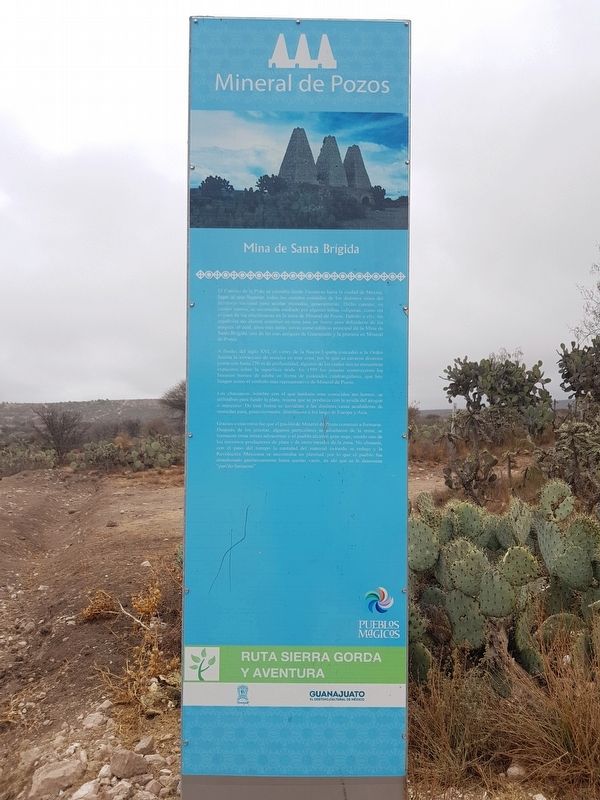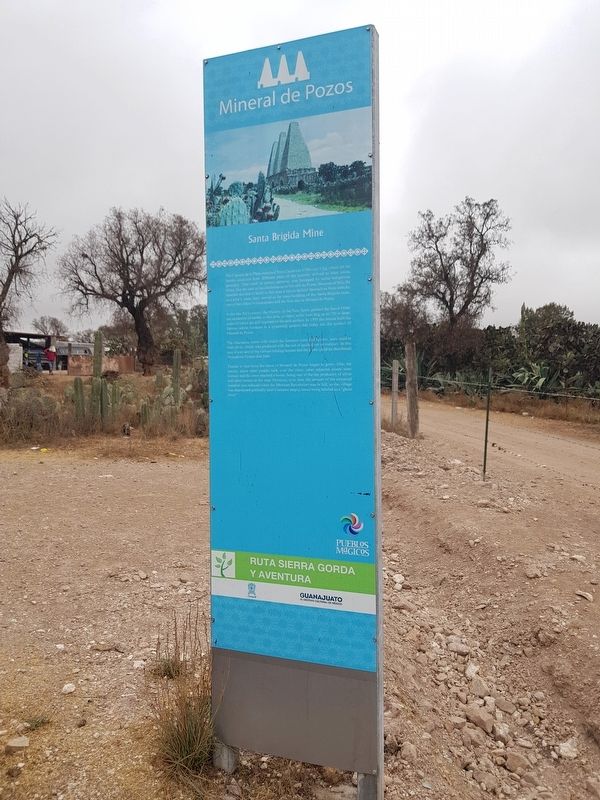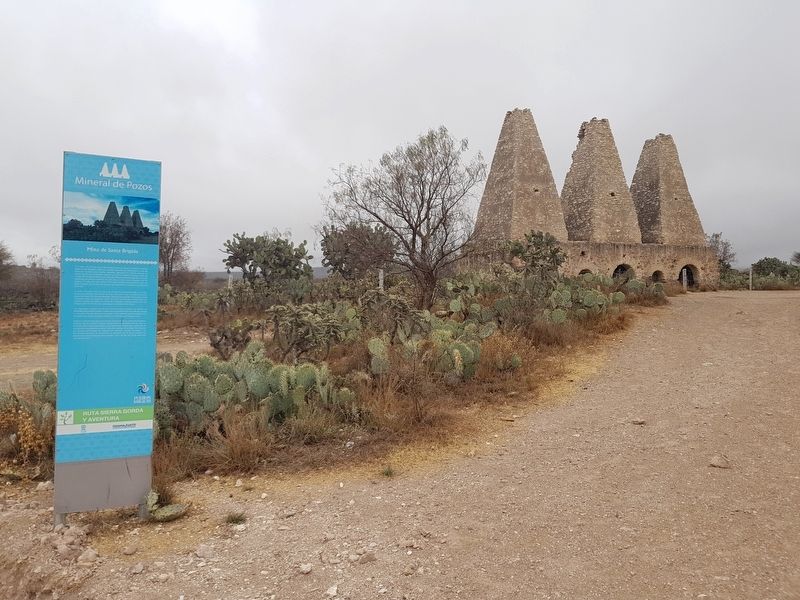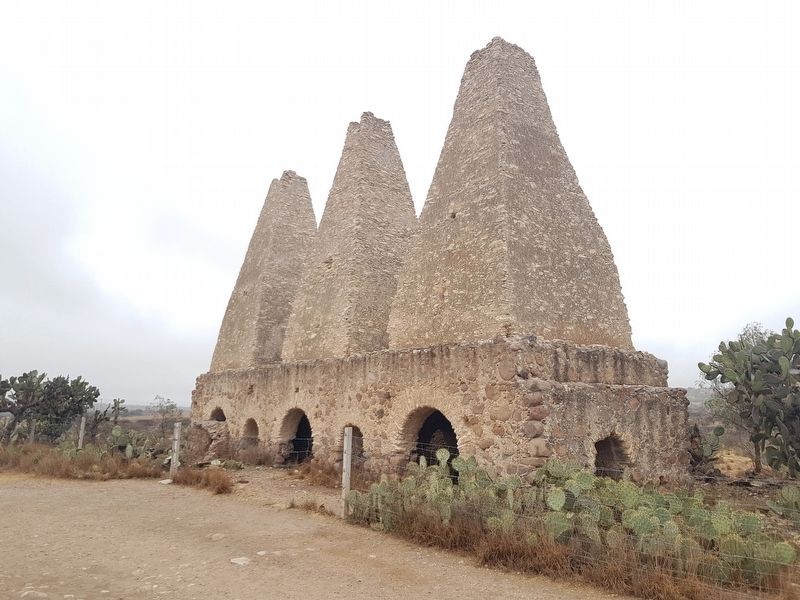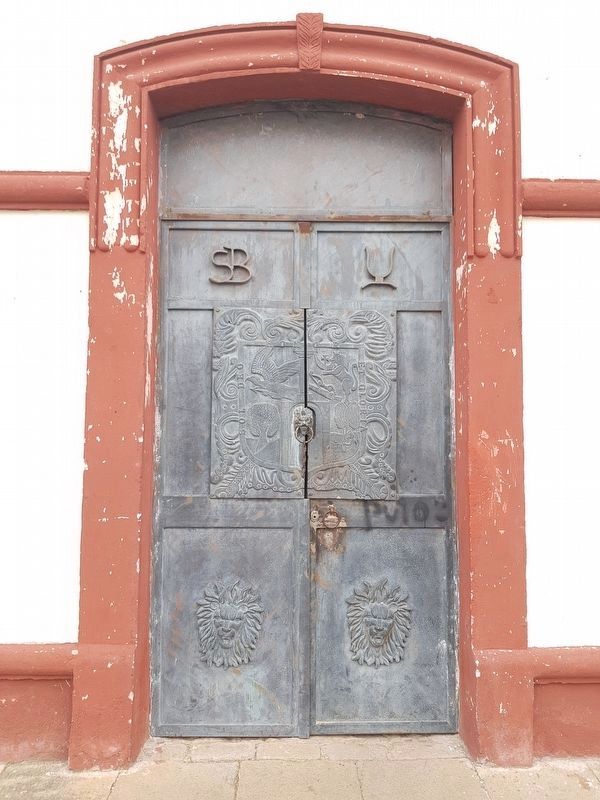Mineral de Pozos in San Luis de la Paz, Guanajuato, Mexico — The Central Highlands (North America)
The Santa Brígida Mine
Mineral de Pozos
A finales del siglo XVI, el virrey de la Nueva España concedió a la Orden Jesuita la extracción de metales en esta zona, por lo que se cavaron diversos pozos con hasta 250 m de profundidad, algunos de los cuales aún se encuentran expuestos sobre la superficie árida. En 1595 los jesuitas construyeron los famosos hornos de adobe en forma de pirámides cuadrangulares, que hoy fungen como el símbolo más representantivo de Mineral de Pozos.
Los chacuacos, nombre con el que también eran conocidos los hornos, se utilizaban para fundir la plata, misma que se producía con la ayuda del azogue o mercurio. De esta forma se enviaban a las distintas casas acuñadoras de monedas para, posteriormente, distribuirse a los largos de Europa y Asia.
Gracias a esta mina fue que el pueblo de Mineral de Pozos comenzó a formarse. Después de los jesuitas, algunos particulares se adueñaron de la mina; se formaron otras minas adyacentes y el pueblo alcanzó gran auge, siendo uno de los máximos productores de plata y otros materiales de la zona. No obstante, con el paso del tiempo la cantidad del material extraído se redujo y la Revolución Mexicana se econtraba en plenitud, por lo que el pueblo fue abandonado paulatinamente hasta quedar vacío, de ahí que se le denomine “pueblo fantasma”.
in Guanajuato and the first one in Mineral de Pozos.
In the late XVI century, the Viceroy of the New Spain granted the Jesuit Order the extraction of metals in this area, so many wells were dug up to 250 m deep, some of which are still exposed on the arid surface. In 1595 the Jesuits built the famous adobe furnaces in a pyramidal pattern that today are the symbol of Mineral de Pozos.
The chacuacos, name with which the furnaces were also known, were used to melt silver, which was produced with the aid of quicksilver or mercury. In this way it was sent to the various minting houses and the coins could be distributed throughout Europe and Asia.
Thanks to this mine the town of Mineral de Pozos began to grow. After the Jesuits, some other people took over the mine; other adjacent mines were formed and the town reached a boom, being one of the top producers of silver and other metals in the area. However, over time the amount of the extracted metal was reduced when the Mexican Revolution was in full, so the village was abandoned gradually until it became empty, hence being labeled as a “ghost town”.
Topics. This historical marker is listed in these topic lists: Industry & Commerce • Native Americans • Roads & Vehicles • Settlements & Settlers. A significant historical year for this entry is 1595.
Location. 21° 13.953′
N, 100° 27.914′ W. Marker is in Mineral de Pozos, Guanajuato, in San Luis de la Paz. Marker can be reached from Unnamed road, on the right when traveling north. The marker is at the northern portion of the Santa Brígida Mine in Mineral de Pozos, some 2.5 km from the Visitors Center on Guanajuato Highway 46 (San Luis de Paz - Mineral de Pozos). The road is well marked and the location well known in the area. Visitors to the mine can pay a small fee to enter and view the marker and furnace up close after a short walk. Touch for map. Marker is in this post office area: Mineral de Pozos GTO 37600, Mexico. Touch for directions.
Other nearby markers. At least 8 other markers are within 6 kilometers of this marker, measured as the crow flies. City Cemetery (approx. 2.7 kilometers away); Old City Hall (approx. 3.3 kilometers away); J. Encarnación Olguín and Juana Lucio (approx. 3.3 kilometers away); Aqueduct (approx. 3.8 kilometers away); The Model School (approx. 3.8 kilometers away); Ex-Hacienda El Triángulo (approx. 5 kilometers away); Angustias Mine (approx. 5.2 kilometers away); Mine and Former Hacienda of Los Cinco Señores (approx. 5.3 kilometers away). Touch for a list and map of all markers in Mineral de Pozos.
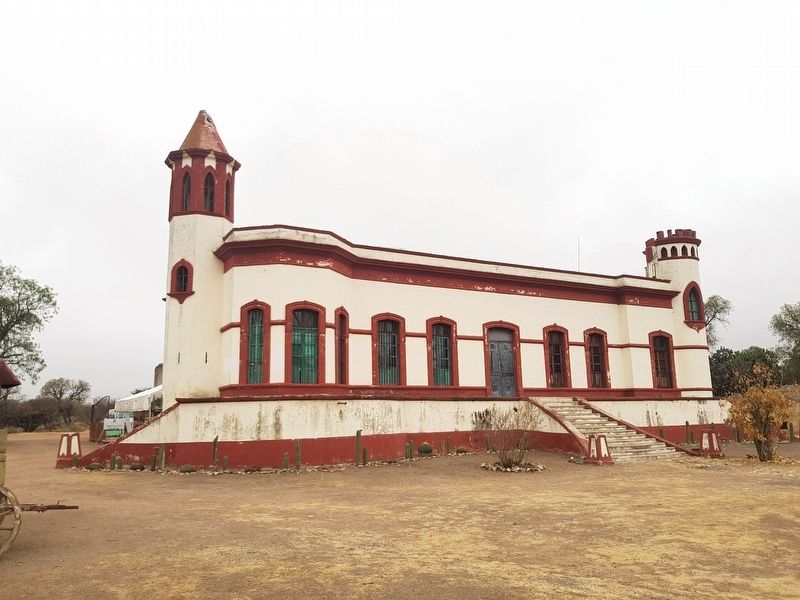
Photographed By J. Makali Bruton, January 28, 2018
5. The nearby main building of the Santa Brígida Mine
As the marker mentions, this was originally a fort and then later was converted into the main building of the mine: "...the Spanish decided to build in this area a fort to defend themselves from attacks, and which, years later, served as the main building of the Santa Brígida mine."
Credits. This page was last revised on February 8, 2018. It was originally submitted on February 5, 2018, by J. Makali Bruton of Accra, Ghana. This page has been viewed 331 times since then and 50 times this year. Photos: 1, 2, 3, 4, 5. submitted on February 5, 2018, by J. Makali Bruton of Accra, Ghana. 6. submitted on February 8, 2018, by J. Makali Bruton of Accra, Ghana.
